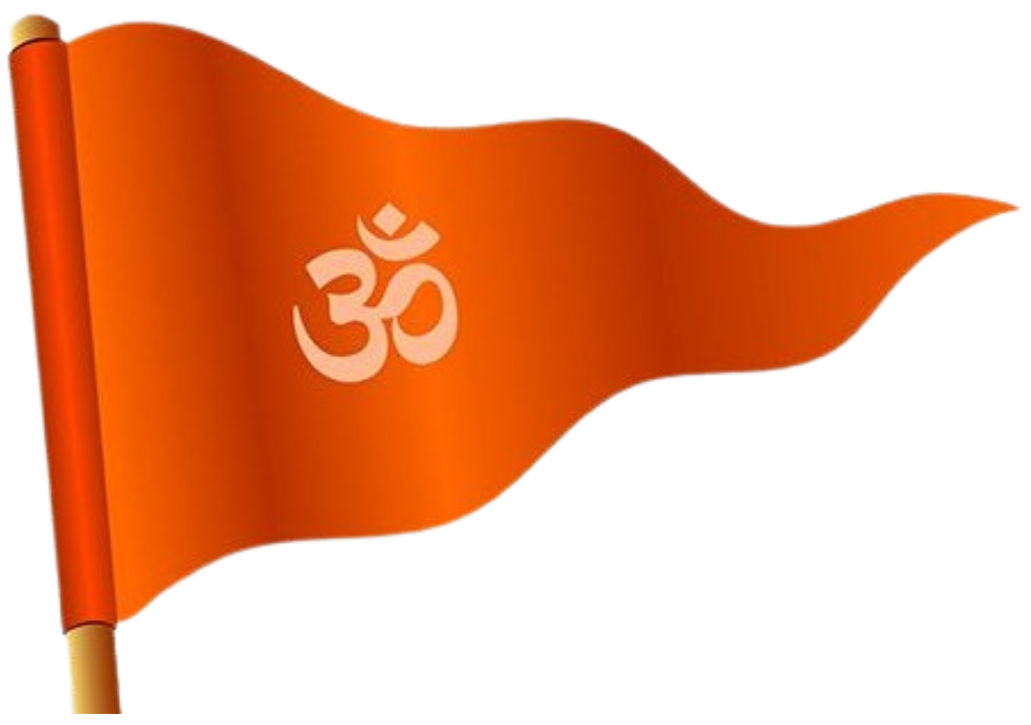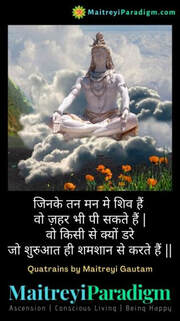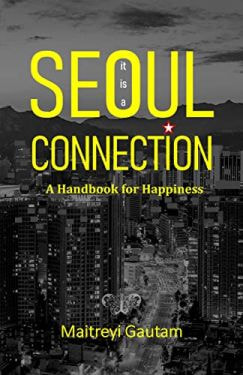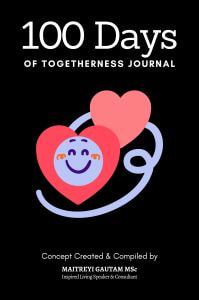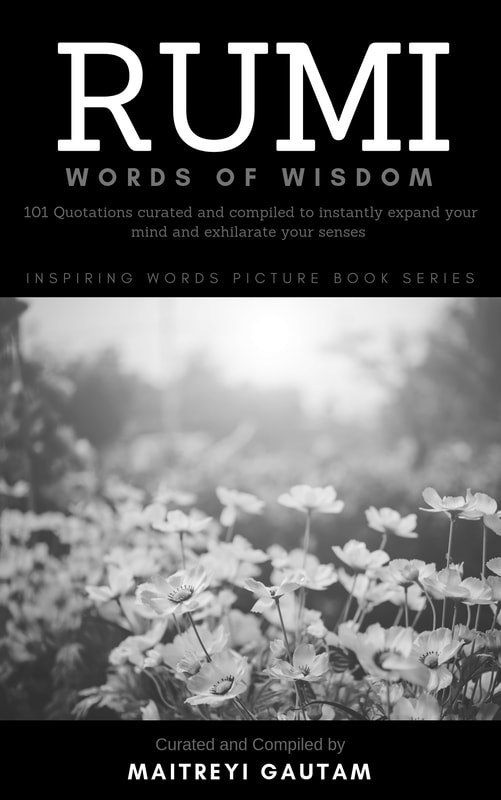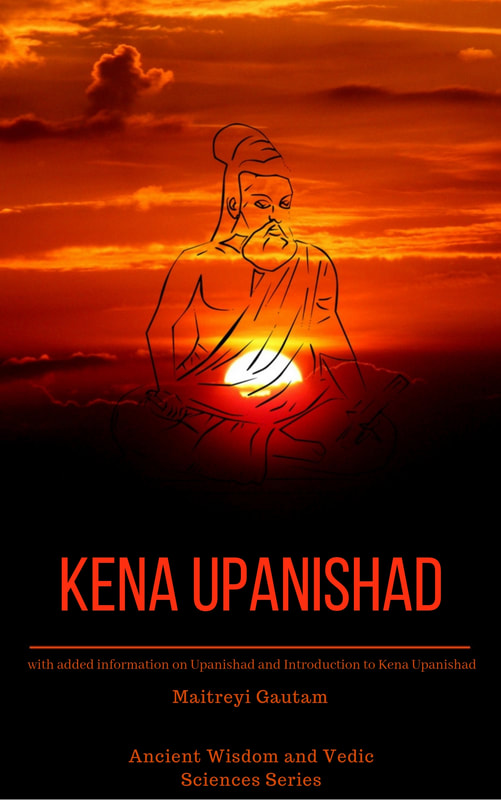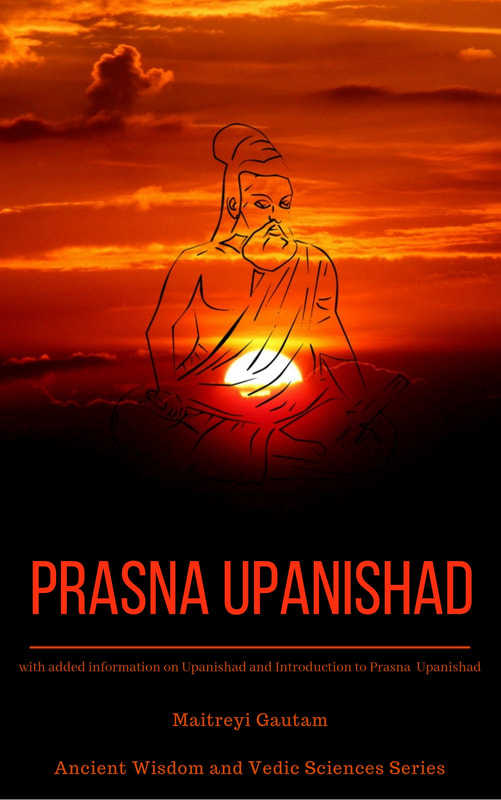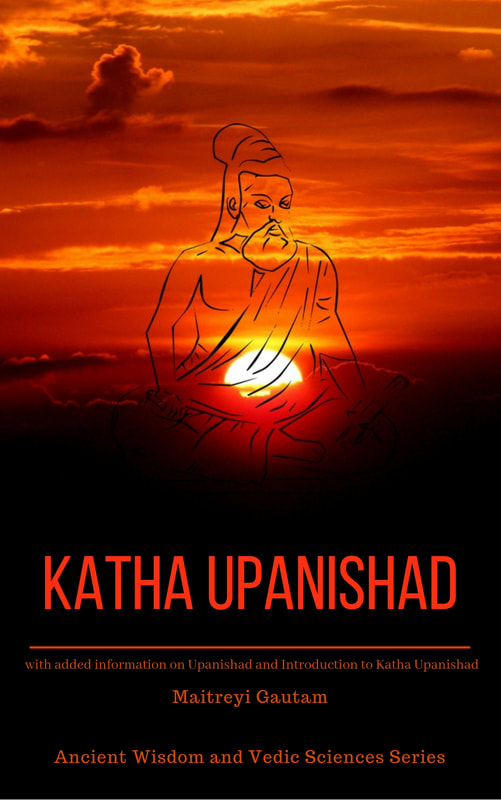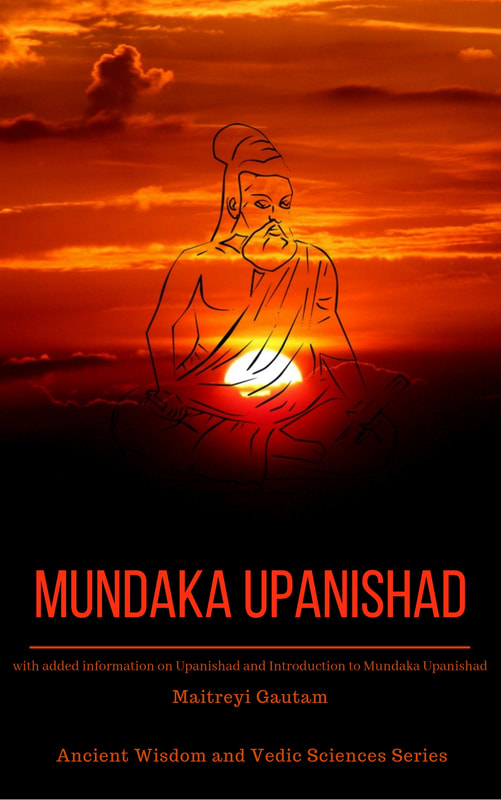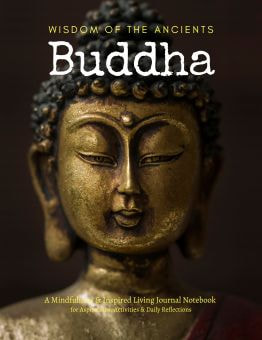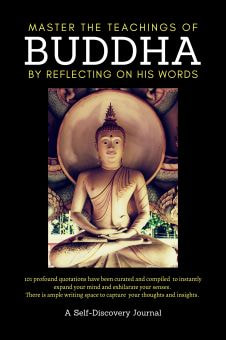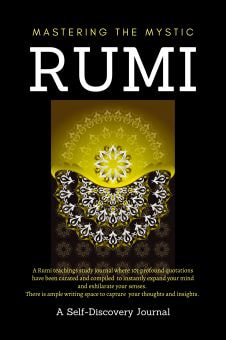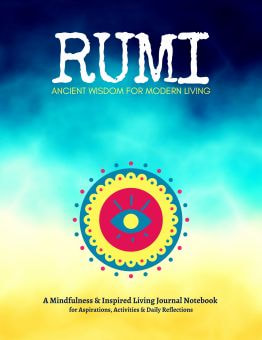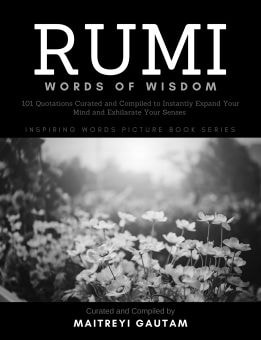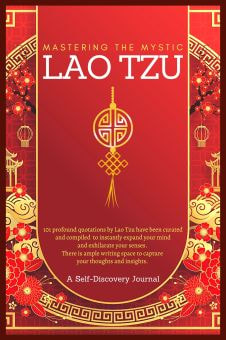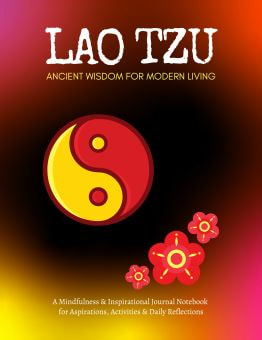Chanting the "Dram" bija mantra with devotion and concentration can help you connect with the energy of Lord Dattatreya. It is believed to invoke the blessings of Lord Dattatreya for spiritual growth, protection, and fulfillment of desires.
- Dra (pronounced as 'Druh'): This syllable resonates with the energy of Lord Dattatreya, who embodies the powers of creation, preservation, and transformation. The sound "Dra" is believed to carry the essence of Lord Dattatreya's blessings.
- m: This sound acts as a closing or sealing energy of the mantra. It contains and focuses the energy generated by the chanting, making it more potent. It also allows for the sound vibrational energy to be felt in the Sahasrara i.e. the crown chakra or seventh energy center in the body.
Lord Dattatreya is a very revered guru, particularly for those on a spiritual path , seeking answers to the myriad mysteries of life. He graces everyone and kindly guides anyone who seeks his wisdom and blessings, including those wanting to understand and start their journey in the tantric bhakti marg- i.e. utilize the various tantra methods of devotion for spiritual progress and ascension.
As with any spiritual practice, it is helpful to learn and practice mantra chanting under the guidance of a knowledgeable teacher or spiritual guide, especially if you are new to the practice. This ensures that you understand the nuances and significance of the practice and can chant the mantras in the most effective way.

